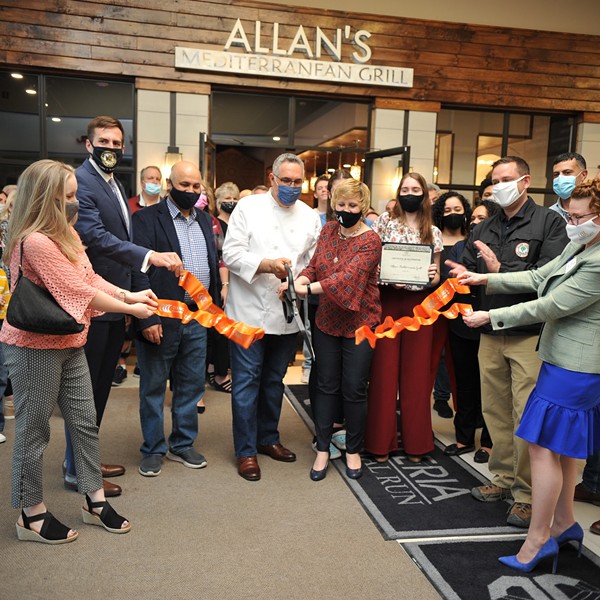It's almost a year into a global pandemic and the US still seems unable to effectively track the spread of the coronavirus. Without a robust national testing infrastructure and months until a vaccine can begin to impart immunity, there has been an upswell of individual efforts to fill in the gaps.
One of those endeavors can be found at Clarkson University, where Shane Rogers, associate professor of civil and environmental engineering, has been conducting cutting-edge, wastewater-based epidemiology to create an early warning system for coronavirus outbreaks.
Rogers, who worked at the EPA prior to joining Clarkson's faculty in 2007, has long studied how pathogens move from the environment into the water and air, the risks to public health, and how to mitigate them. "When COVID hit, it became apparent I had a particular skill set that I could apply to this situation," says Rogers. "Wastewater is a leading indicator of infections. After an individual becomes infected, they'll be shedding the virus in their stool within four or five days, often quicker than the onset of symptoms."
By regularly testing wastewater, institutions and municipalities can identify potential outbreaks days before anyone realizes they're infected.
Implemented on Clarkson's Potsdam Hill campus this September, Rogers's automated surveillance network takes samples twice a week from seven sewers across campus that service its dormitories and residences. The system pulls up wastewater from the sewer line into temperature-controlled bottles, which are collected by students for analysis at the lab. There, the wastewater is placed in an ultracentrifuge and subjected to a force about 300,000 times that of gravity to capture the solid waste, which allows for easier extraction of the RNA that contains the virus.
If the system gets a positive hit, the lab already knows its exact source and can alert the university administration that students who live in the vicinity may need to be tested for the virus individually or quarantined to prevent further spread.
Rogers's lab is also testing samples from the villages of Potsdam and Canton, as well as nearby St. Lawrence University, SUNY Canton, and the North Country School in Lake Placid. As a faculty member at Clarkson's Beacon Institute for Rivers and Estuaries, he is also well-positioned to help consult on and implement wastewater monitoring systems in the Hudson Valley.
Rogers is also keeping in close contact with other academic institutions and research facilities across the US and Europe that have begun wastewater testing for COVID-19. "It's a developing technology, so there is a network sharing resources to respond in the best way possible," says Rogers. "Often, institutions are competing for research funding and discovery, but when it comes to real health consequences, it's quite a bit different. It's about making sure people stay safe and providing a service that is useful."
According to Rogers, wastewater detection systems have implications across the public health spectrum—from tracking the emergence of antibiotic-resistant organisms to understanding drug usage within a community. "To have a technology where we can non-invasively gather info about infectious diseases and other exposures like pesticides can really benefit people," he says.














